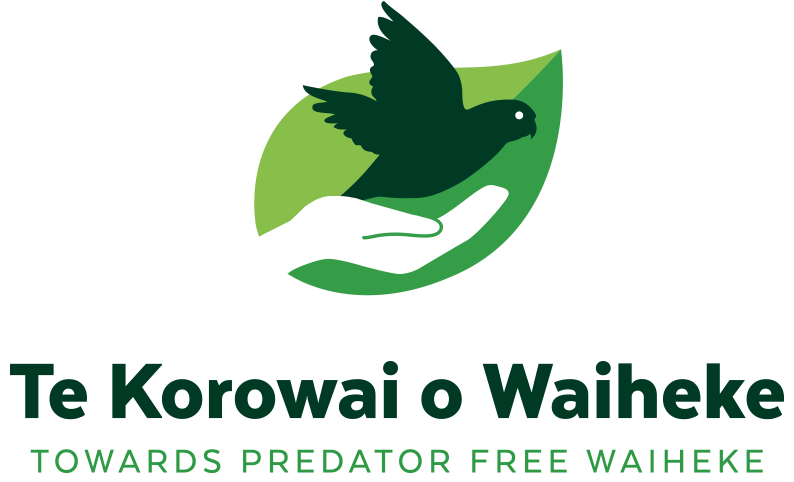A day in the life of Te Korowai o Waiheke's Stoat Operations Manager, Frank
A day in the life of Frank Lepera: Te Korowai o Waiheke’s Stoat Operations Manager.
What does your day-to-day look like?
Each day is unique and exciting. I spend time in the field checking traps which is always fun. I love being out in the bush, but I also spend time communicating and working with many of our wonderful volunteers, farm hands, and contractors. There are 1,650 traps across the island and I have to make sure that every one of them is serviced - which keeps me quite busy.
How did you get into this type of work?
Frank Lepera
I always like being outdoors, and love learning. Working in conservation gives you these opportunities and you can have a positive impact on the environment - so it’s a win-win.
What has your previous work experience looked like?
I’ve worked in a lot of interesting places including research in Alaska on the impact of global warming on plants in the tundra, controlling invasive Sea Lamprey in the Great Lakes, and a survey across the USA to test the water quality in lakes, rivers, and wetlands. I also worked as a Sommelier in Chicago and managed cellar doors and events on Waiheke.
What attracted you to working in conservation?
I’ve always loved the outdoors and giving back to make the world a better place.
How did you get to Waiheke?
My partner and I moved here from Chicago so that she could complete the wine programme at Auckland University through Goldie Estate. We fell in love with Waiheke and have been here now for 5 years. We also started making our own wine and 2022 was our first harvest!
What’s the weirdest job you’ve had?
An “Eel Choker” - it was the name that we gave ourselves working on the Sea Lamprey control project in the Great lakes. Sea Lamprey are invasive to the Great lakes and there is no way to eradicate them from this waterway, and so current efforts focus on controlling their numbers.
How long have you been working in conservation?
25 Years. My first conservation job was working for the US Forest Service in the Uinta Mountains, Utah.
What’s your best work story at Te Korowai o Waiheke?
I remember first moving to the island in 2017 and doing lots of tramping to search for kākā. I was so excited when I first saw one in a kānuka tree. Now I see and hear them every day. Each time I hear one, I feel that they are saying a little thank-you to all of the hard-working volunteers, staff, farm hands and contractors for working on this great project.

